#Steno
Text
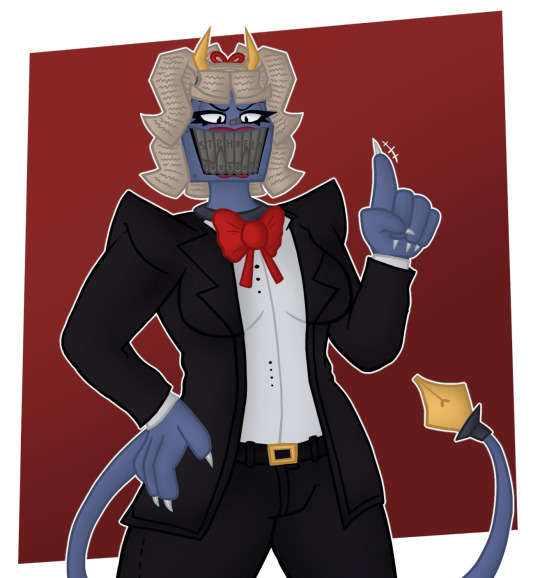
hi Steno
#ToonTown#Corporate Clash#Stenographer#Courtney Case#TTCC#Art#Crysaiph#Steno#Teehee funny woman#Shes so sassy
41 notes
·
View notes
Text
Manu: What would happen if I fall?
Thomas: Then I’ll be there to catch you!
Kai, looking at Julian: What if I fall?
Julian: Then I’ll be falling with you, never leaving your side.
Marc:
Marc, to Bernd: And if I fall?
Bernd: I’ll be the one who pushed you.
#manuel neuer#thomas muller#kai havertz#julian brandt#marc andre ter stegen#bernd leno#germany nt#fc bayern#bayern munich#arsenal#arsenal fc#borussia dortmund#fc barcelona#fulham fc#incorrect arsenal quotes#incorrect football quotes#incorrect quotes#neuller#bravertz#steno
75 notes
·
View notes
Text

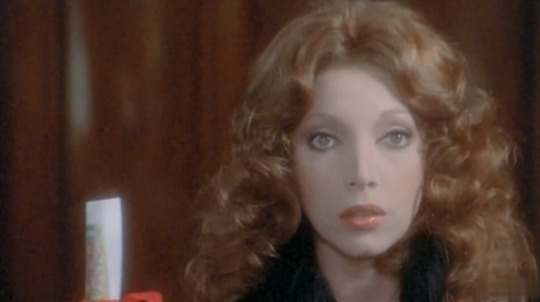

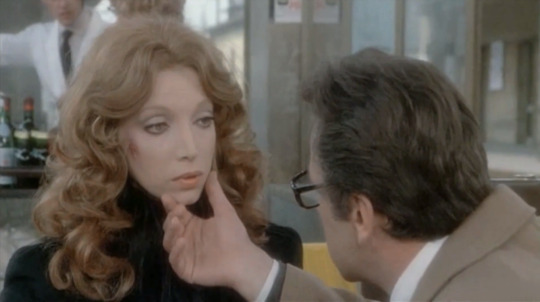
La Poliziotta (1974)
#great addition to the mariangela melato surrounded by a bunch of grotesquely horned up corrupt politicians cinematic universe#but this is the more feminist of the two! thank you women#mariangela melato#she looks so much like a doll here it's killing me#la poliziotta#la poliziotta 1974#steno#mine
79 notes
·
View notes
Text
Bernd: Fight me!
Ter Stegen: *gets on one knee and pulls out a ring*
Ter Stegen: Fight me for the rest of our lives.
#ya boy has covid so yall are either getting an actual queue of quotes or none at all we'll see#if im not recovered by friday and cant make it to my choir concert im gonna throw hands#anyway#source: perchance generator#incorrect football quotes#incorrect soccer quotes#incorrrect quotes#germany national team#german national team#germany nt#german nt#bernd leno#leno#marc andre ter stegen#marc andré ter stegen#marc ter stegen#ter stegen#steno#die mannschaft
13 notes
·
View notes
Text



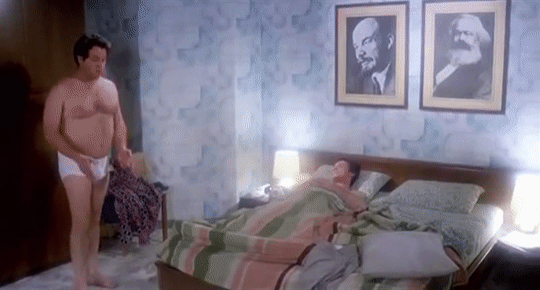





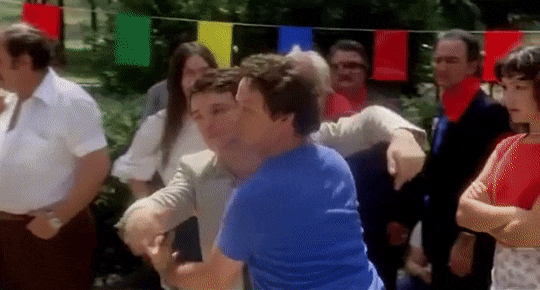
LA PATATA BOLLENTE (1979)
dir. Steno
Bernardo Mambelli, nicknamed "il Gandi", is an Italian Communist Party militant and pugilist working at a Milanese paint factory. One night, Bernardo comes across a fascist gang beating a young man and jumps in to rescue him. After bringing him to his house and tending to his wounds, he learns that the man, Claudio, is gay. With nowhere to go and recovering from the assault, Claudio starts living at Bernardo's house, and a series of typical misunderstandings lead his comrades, his nosy landlady, and his girlfriend Maria, to assume they are together.
(link in title)
#la patata bollente#hot potato 1979#lgbt cinema#gay cinema#italian cinema#lgbt#gay#italy#lgbt movie#gay movies#italian film#lgbt film#italian movies#gay film#lgbt media#gay media#queer cinema#european cinema#steno#massimo ranieri#massimo ranieri!!!!#Renato Pozzetto#edwige fenech#1979#70s#1970s#70s movies#70s cinema#70s film#1970s movies
27 notes
·
View notes
Text

Do what thou wilt
#pearl jam#grunge#90s#rock#stone gossard#not too bad#lol#smoking#gif#steno#stone#grunge 90s#hard rock#riff
83 notes
·
View notes
Text

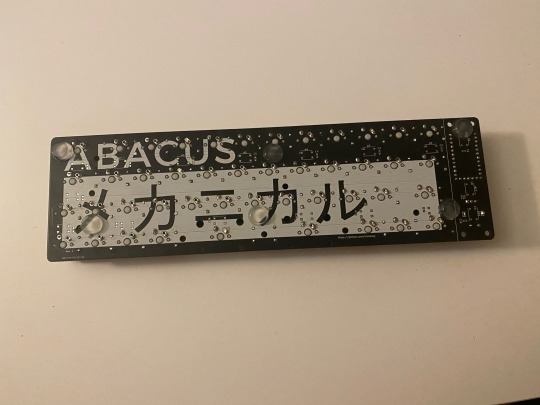
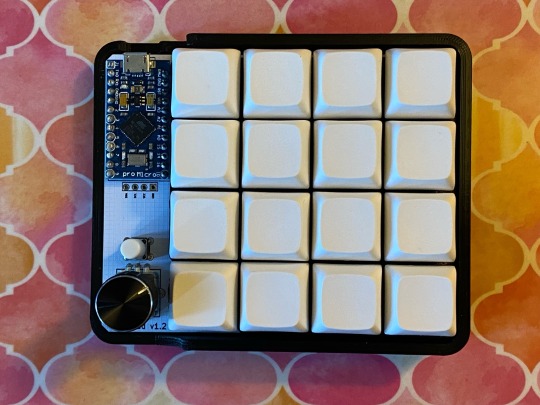
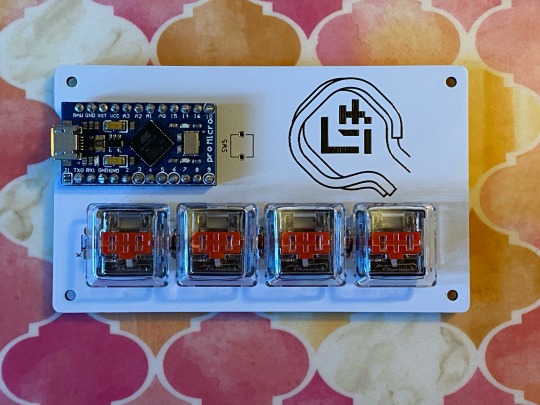

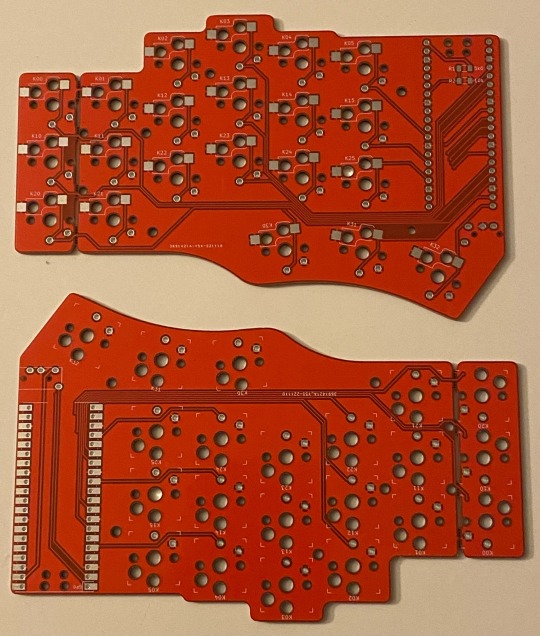



Still messing around with keyboards, including the Piantor and the Chord Zero steno keyboard.
30 notes
·
View notes
Text
Gonna start writing everything in steno
4 notes
·
View notes
Text


STENO’S BACK, BACK AGAIN TELL A FRIEND
23 notes
·
View notes
Text
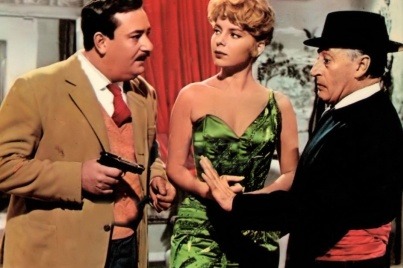
Giacomo Furia-Abbe Lane-Totó "La culpa fue de Eva" (Totó, Eva e il pennello proibito) 1959, de Steno.
10 notes
·
View notes
Text
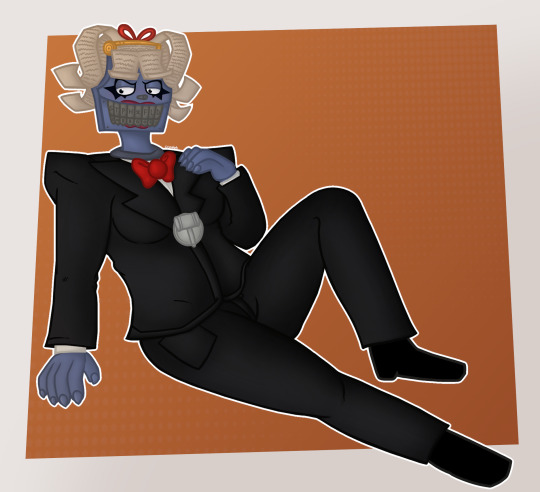
Hi Courtney
26 notes
·
View notes
Text
Marc, sobbing: You made me CRY!!!
Bernd: Baby.
Marc: Now is not the time for pet names, Bernd!!!
Bernd: No, I'm calling you a baby.
Bernd: I'm insulting you.
#marc andre ter stegen#bernd leno#fc barcelona#fulham fc#germany nt#arsenal#arsenal fc#goalkeepers union#incorrect arsenal quotes#incorrect football quotes#incorrect quotes#ex player#steno
20 notes
·
View notes
Text
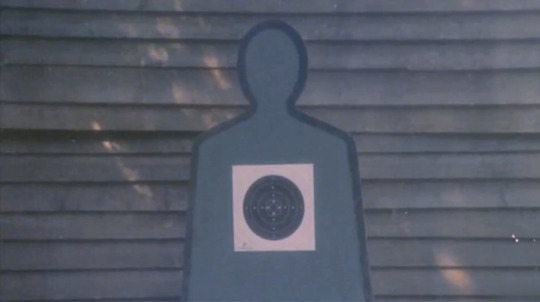


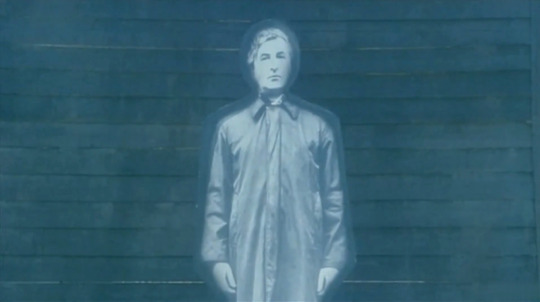

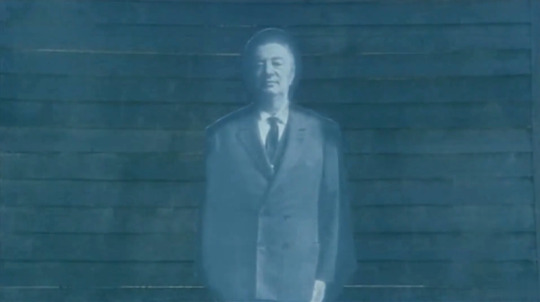

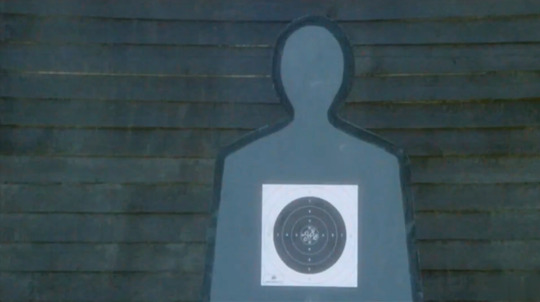
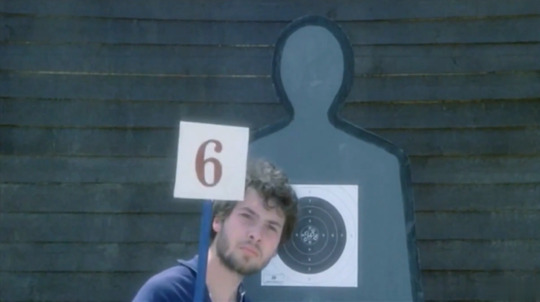
La Poliziotta (1974)
33 notes
·
View notes
Text
*Bernd and Marc-Andre are in a car teetering on the edge of a cliff*
Bernd: Oh my god, Marc, backwards!
Marc-Andre: Really, Bernd? I thought I might go forwards into the river, I thought that would be a fun thing to do.
#source: perchance generator#incorrect football quotes#incorrect soccer quotes#incorrrect quotes#germany nt#germany national team#germany#bernd leno#marc andre ter stegen#marc ter stegen#ter stegen#steno
13 notes
·
View notes
Text
About My Stenograph Machine
I thought I'd share some information on the equipment I use for stenography.
This is a very long post with several images (with image descriptions), technical explanations, and two videos attached. Thank you for reading, if you do!
I learned a lot about my machine after delving into the manual and trying to explain what I read, so I hope you do, too.
Note that while I am heavily biased towards stenograph machines, there are hobbyist keyboards made for steno that are much cheaper and readily accessible. If you would like to learn more, please click this link.
This is a Stentura 400SRT.
It's an older electric stenograph machine model, refurbished for student use.

[Image description: Photo of an electric Stenograph Stentura 400SRT Paperless Student Writer. The Stenoworks logo watermark is at the bottom left of the image. At the top of the machine are the black Platen Roller and the Paper Feed Roller. Below that is the cover/nameplate. An on/off switch and two indicator lights are at the top right of the nameplate. The first is green. Its label is to the left: a long line, with five dashes below it. Below the green indicator is a red indicator. Its label, to the left, reads: "DATA TRAN". Below the lights and switch are the words: Stentura 400SRT electric. Below that, the word Stenograph. Directly below the nameplate, on the left and right, are two horizontal Cover Release Levers. Even further below is the Stentura keyboard. At the top is a long bar called the number bar. Below that are 22 keys. At the lower left of this image is the Stenoworks watermark.]
It plugs into an outlet to keep power, has a removable battery, and uses a serial to USB adapter cable to connect to my computer. It's pretty old but sturdy and quite reliable.
The Front of the Machine
The cover of the machine, also called the nameplate, can be lifted up for further inspection and maintenance of the internal mechanisms. It also has a power switch and two indicator lights, one in green and one in red. Both flash or light up when set to different modes. If you wish to know more about the machine's various modes, please click this link to read the manual.
Below the cover are the keys of the machine.
Stenograph machines do not have the keys labeled in any way. This is to prevent writers from looking down at their hands when writing. Looking down at your hands while writing will ultimately slow you down, preventing you from reaching high speeds. This is sorta like how touch-typing is considered a faster way to type than looking down at your keyboard.
I will write a post summarizing the keys of the machine at some other point. Just know that each key doesn't represent individual letters but instead sounds, and that each stenograph machine has 22 keys plus a number bar. The keys at the far left and the middle of the machine are actually each one key, just with the appearance of being split in half.
The Bottom of the Machine
This part is not pictured, unfortunately. This is the area where you would install your external battery pack and your tripod.

[Image description: Photo of a stenograph machine tripod.]
Above is an example of a tripod. The underside of the machine has a hole for attachment. This lets you write with the machine between your legs rather than with it sitting on a desk.
My model also has a wire bar at the bottom used for writing at a desk or table while standing called the "Bench Conference Stand". This is typically used for bench conferences, wherein the plaintiff and defendants' team will speak with the judge but exclude the jury and anyone else besides the court reporter from overhearing.
The Paper Tape Mechanism
Pictured below, the top of the machine isn't something I personally use. According to the manual, the silver bar and attached lined roller are called the "Paper Feed Roller" and the black roller it's grazing is called the black "Platen Roller". You might have already guess it, but this mechanism is used to print ink on what is called "paper tape".

[Image description: Close-up of the top of the Stentura. Middle of the image is the black Platen Roller and the Paper Feed Roller.]
Paper tape is just a very long sheet of paper you would use, before the task was automated using computers, to record your stenography notes. Stenographers would typically read directly from the paper in order to prepare transcripts or when asked to repeat, in verbatim, something that had been said in court.

[Image description: Photo of the back of the Stentura. Top, centermost part of the machine are the Paper Feed Roller, Platen Roller, and the paper apron. Below that is where you would, presumably, attach the paper tray. Bottom left of the machine is the 9-pin Communications port. On the bottom right, a hole for plugging your machine into an outlet. The Stenoworks website watermark is at the bottom left of the image.]
The above is a photo of the back of the machine. Underneath the paper feed roller is a barely visible silver landing strip called a silver apron.
On the bottom left is a 9-pin Communications port. You use that to connect the writer to your computer.
Then to the far right is a hole for connecting your machine into a power outlet.
In case you're curious as to how add paper tape to a stenograph machine, below are the steps:
Attach a paper tray to the back of your machine
Add paper to the tray
Take the top-most fold
Thread the paper between the black roller and the silver apron
Roll the black roller to "feed" the paper tape into it
When the paper comes up through the top of the roller, lift up the silver paper feed roller
Place the end of the paper coming up through the top underneath the paper feed roller
Pull the paper out a few inches
Place the top of the paper tray beneath the paper
For a video representation of these steps, below is someone adding tape to their own machine:
youtube
[Video description: A stenographer giving instructions and demonstrating how to load paper tape into their stenograph machine.]
Each depression of the keys, called a stroke, would print a letter or group of letters onto the tape. Below is what the paper tape's printout would look like using Plover's paper tape plug-in. The chords here spell out "hello world".
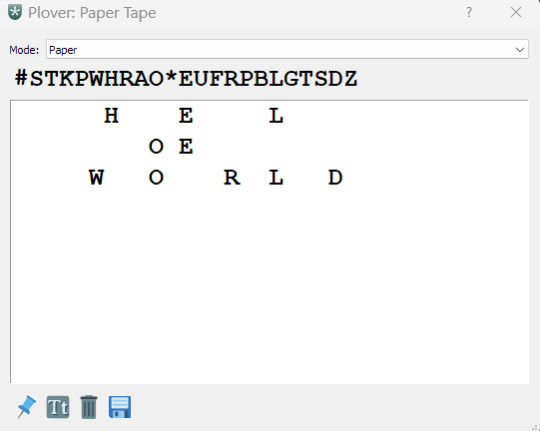
[Image description: Screenshot of the Plover paper tape plug-in. Top of the window has the Plover icon, which is a white asterisk on a green key. The window name is "Plover: Paper Tape". To the far right of the window name are the help (?) and cancel/exit (X) buttons. Below the window name is a drop-down menu labeled "Mode:". "Paper" mode has been selected. Below that is a line of the keys from the machine. The keys are: # S T K P W H R A O * E U F R P B L G T S D Z. Below that, in a white text box, are the following chords: H E L, O E, and W O R L D, each set on separate lines. At the very bottom of the window are four icons: a push-pin for pinning the window above other windows; a button with a capital and lowercase T for editing the font appearance; a garbage can for deleting what is on the paper tape; and a floppy disk for saving what you've written to the tape as a text file.]
The Longest Section: Inside the Machine
Below is an image of the internals of the stenograph machine.
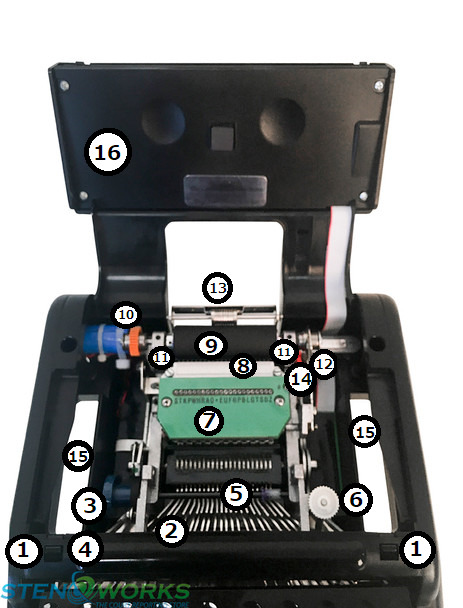
[Image description: A photo of the inside of a Stentura 400SRT. All the parts that I could identify are labeled with a number. The parts are numbered from 1 to 17 in black text on top a black circle with a white outline. The Stenoworks website watermark is in the bottom left of the image.]
All the parts that I could identify with the manual are labeled with a number. After trying to write the image description for it, I decided that I should provide the names for each part below, then separately explain what each part is or does.
Parts Labeled
Cover Release Levers
key levers
blue Ribbon Advance knob
an unpictured red knob called the Depth of Stroke knob
an empty space where the Ribbon Cartridge would be installed when using paper tape
white Keystroke Pressure knob
green strip overlay with key adjustment screws
number bar lever
black Paten Roller
orange Platen Drive Gear
Platen Bearings
Manual Platen Advance Linkage
silver Paper Feed Roller
red Electric/Manual mode lever
machine handles
Cover/nameplate
An Explanation of Each Part
The first two things labeled in the image are the Cover Release Levers. You lift those horizontal bars/levers to release the cover and lift it up to reveal what's underneath. Then there are what I presume are just called the key levers.
Following that is the blue Ribbon Advance knob.
From what I understand after fiddling with the machine, each key depression and release causes this blue knob to automatically advance number 5, the ribbon cartridge, which typically contains a self-inking, continuous loop ribbon. This ensures the machine will continue to apply ink to the paper tape with every rotation.
Not pictured is a red knob called the Depth of Stroke knob.
You turn the wheel upward or downward to adjust how far down the keys go when you press them. There are ten settings available. Adjustment also lets you decrease or increase spacing.
To the far right of the blue Ribbon Advance knob is number 6, the white Keystroke Pressure knob.
Turning it lets you adjust the amount of pressure needed to press the keys.
Above where the ribbon cartridge would be, I think, is number 7, the key contact assembly.
The green overlay strip has all the keys of the machine labeled with corresponding screws above each one, called contact adjustment screws.
The number bar's screw is to the top-right of the others. The two big screws on either side are for removing the overlay.
You would insert a 0.35 inch Allen wrench into a screw. Then you would turn it after determining that the corresponding key's switch is in need of adjustment.
Immediately above the green overlay is number 8, the machine's number bar's lever used for printing numbers into the paper tape.
Above that is number 9, the black Platen Roller.
To the left is number 10, an orange knob called the Platen Drive Gear.
On either side of the Platen Roller are number 11, the Platen Bearings. They are a single frame, identifiable by the holes located at the center of each side. Those holes are specifically for lube.
Number 12 is the Manual Platen Advance Linkage, which is to the bottom-right of the Platen Roller. Above the Platen Roller is number 13, the Paper Feed Roller. Below that, not pictured, is the silver paper apron.
All these parts work in tandem to smoothly apply ink to the paper tape when a key is depressed, and then to advance the paper to the next available line when a key is released.
If you were using the Stentura with paper tape and an ink cartridge, you would also have to apply StenoLube1 to the Platen Bearings and Platen Drive Gear, and StenoLube2 to the Paper Feed Roller.
To the right of the Platen Roller is number 14, the red Electric/Manual lever.
You would typically change from one mode to the next when either trying to make adjustments to the machine's keys or when your machine is running low on battery and you have to switch to writing on the paper tape.
Number 15 looks like it's labeling two empty areas, but those are the handles for the machine. And of course, above all of these parts is number 16, the lifted cover/nameplate.
Keystroke Emulation
As you can see, each stenograph machine is a lever-based machine, just like a typewriter. Each key on the machine connects to an electronic switch.
After completing a stroke, the machine will send that input through the real-time cable connected to your computer. Software -- Plover or CAT (Computer-Aided Transcription) -- will emulate that stroke and translate it from shorthand into something else, presumably English or a command, using a dictionary.

Above is a screenshot of the Plover Dictionary Editor. You can filter by strokes or by translations. You use this pop-up to edit, add, or delete strokes from the dictionary. All Plover users are given a pre-named dictionary called "user.json".
Rather than editing the "main.json" dictionary, which is a free user-created dictionary distributed through downloading the program, you would typically make changes to other dictionaries, especially user.json. This is to ensure that if Plover were to be updated even if your main.json were to be accidentally overwritten, you would not lose your dictionary changes.
Production of a Chord
Below is an attempt I made on December 25th, 2022, to write the top 100 English words using a metronome set to 140 bpm.
The bottom right corner of the video shows the digital paper tape emulated by Plover. Each stroke is then translated into English, as demonstrated by my completion of the drill at the center of the video.
youtube
[Video description: A video of my screen as I write to a Top 100 English Words drill on the website Stenojig. It begins with me setting a metronome to 140 bpm with stress on the 2nd of the 2 beats. In the top right is a WPM plug-in measuring my speed; on the lower right is a plug-in displaying emulated paper tape. Soon after setting the metronome, I switch tabs to Stenojig and begin the exercise. Green highlight indicates whether I've written a word correctly. And the end of the video are a set of stats indicating that I did not erase anything during the practice session, I averaged 2.15 strokes per second, and that it took me 0:47 seconds to finish the exercise, giving me an approximated WPM of 114. Then the video ends.]
#stenography#steno#open steno project#plover#education#court reporting#stentura#stenograph#stenographer#transcription#studyblr#accessibility#keyboarding#infodump#steno resources#long post#munchlax's musings
19 notes
·
View notes
